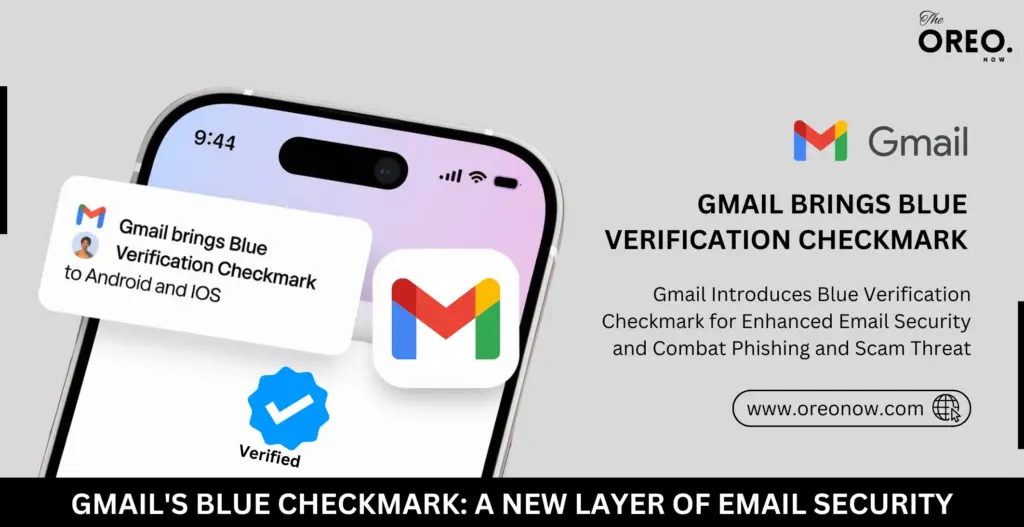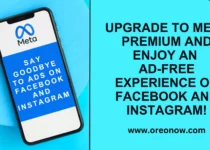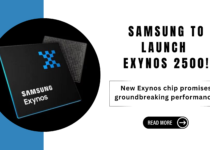Gmail Verified Blue Checkmark for Email Security: How to get it?

Google has introduced a new feature for its Gmail app on Android and iOS devices to bolster email security and combat the ever-evolving threat of phishing and spam. The Gmail Verified Blue Checkmark, a visual indicator of authenticity, aims to help users differentiate between legitimate emails and those that may be fraudulent.
What is the verified blue checkmark in Gmail?
The Gmail Verified Blue Checkmark is a visual cue that indicates the email you received is from a legitimate and trustworthy sender. It’s like a digital badge that says, “This email is real, and you can trust it.”
The Brand Indicators for Message Identification (BIMI) protocol makes the blue checkmark possible. This BIMI Gmail protocol requires senders to have a verified mark certificate (VMC) to display the checkmark. The VMC confirms that the sender owns the trademark associated with their email domain, ensuring that the email is from a legitimate source.
How to get a blue badge on Gmail?
Unfortunately, there’s no direct way for individual users to get a blue badge on their Gmail account. The blue badge is a feature primarily intended for businesses and organizations to verify their identity and enhance the trust of their recipients.
To obtain a Gmail Verified Blue Checkmark:
- Obtain a Verified Mark Certificate (VMC): This certificate confirms that the business owns the trademark associated with its email domain.
- Implement the BIMI Protocol: BIMI (Brand Indicators for Message Identification) is a protocol that allows businesses to display their verified mark alongside their emails.
How Does Gmail Verified Blue Checkmark Work?
- VMC Verification: Senders must obtain a verified mark certificate (VMC) from a trusted certificate authority. This process involves verifying the ownership of the trademark associated with their email domain.
- BIMI Implementation: The sender then implements the BIMI Gmail protocol in their email infrastructure. This involves configuring their email servers to include the necessary information, such as the VMC and the desired checkmark image.
- Displaying the Checkmark: When a recipient receives an email from a sender who has implemented BIMI, the blue checkmark will be displayed next to the sender’s name.
Gmail Blue Check Mark Benefits:
- Enhanced Trust: The blue checkmark serves as a visual cue, indicating that the email is from a verified sender. This can help users build trust and confidence in the email’s authenticity.
- Reduced Phishing Risk: By identifying legitimate senders, the blue checkmark can help users avoid falling victim to phishing scams, where malicious actors attempt to trick recipients into revealing sensitive information.
- Improved Brand Recognition: For businesses, the blue checkmark can enhance brand recognition and reputation. It demonstrates a commitment to email security and helps build trust with customers.
The blue verification checkmark is a significant step forward in email security. By providing users with a clear visual indicator of authenticity, it empowers them to make informed decisions and protect themselves from potential scams. As more businesses adopt the BIMI protocol, we can expect to see a reduction in phishing attacks and a safer email environment for everyone.
Also Read: Microsoft Powers Up Three Mile Island Nuclear Power Plant
Also Read: Apple iOS 18: Exciting New Features and Enhancements to the iPhone Experience


